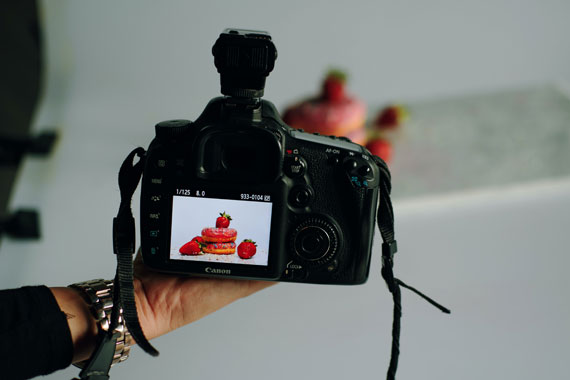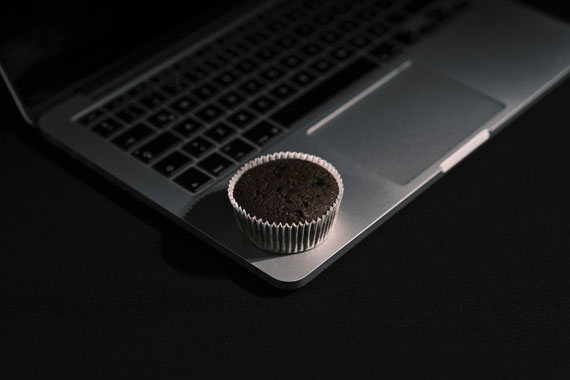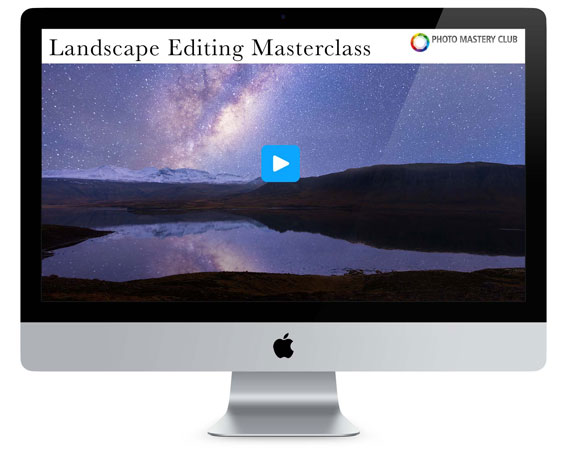Picture this…
You’ve spent all morning baking a delicious cake, waiting for it to cool… you’re about to start covering it in silky-sweet frosting…
(Your friends will be over soon and you can’t wait to let them try your latest creation)
Glancing across the kitchen, you take note of the mess you’ve made.
There’s flour all over the counter…
The lid is off the salt…
Or is that the sugar?
Nope… Salt…
Then you realize… You mixed up your containers and put half a pound of salt into your cake instead of sugar!
There’s no time to bake another cake… Maybe you can drench your salt-cake in syrup or honey to try and sweeten it, or start troweling on extra frosting until you can’t even taste the sponge…
But you’re out of luck…
Cover it up all you like, but no matter what you do you can’t go and un-bake the cake and put in sugar instead of salt, then re-bake it…
But what’s this got to do with taking photos?
Well this is what you’re doing when you put a JPEG into Photoshop to edit it. You are editing the pixels that have already been baked using your cameras own recipe.
But if you start with a RAW file instead of JPEG, then you have the ability to go back and undo the whole “baking” process so that you can tinker with your original cake-mix, adding or adjusting the original recipe from scratch until you hit a winner.
The moral of the story?
Shoot RAW, don’t trust your camera to do your baking for you :-)
And what do you do once you’ve captured a great RAW file?
You run it through a Photoshop workflow that makes your photos POP.
If you want to learn more about RAW photo editing, then you may want to check out this 12-module Photo Editing Masterclass. Each module features the complete end to end process of editing a brand new image in Photoshop.
There is a Beginner and Advanced track for each stage of the processing workflow, where appropriate. So no matter what level you’re currently at, you can still follow along and work through every module. We were able to arrange an exclusive 80% discount for our readers for a limited time.
Deal ending soon: The Landscape Editing Masterclass at 80% Off
Like This Article?
Don't Miss The Next One!
Join over 100,000 photographers of all experience levels who receive our free photography tips and articles to stay current:









I understand the concept of shooting in RAW, and the benefits of that, but since selling all my Nikon gear and moving to Fuji I’ve begun to appreciate how well Fuji gear does with .jpg’s. While I capture photos in both RAW and fine .jpg, with my Fuji gear I find myself rarely having to do more to the .jpg’s than crop a little and lower highlights some while kicking up contrast a bit. And that’s it. They look fine for what my clients need, namely, real estate agents posting tiny photos into MLS systems. And the quality of the .jpg’s coming SOOC from my three Fuji cameras and various lenses is excellent. If I could, I’d show you one I heavily cropped, shot on a Fuji E-X2 and little 27mm pancake f/2.8 lens. Even though it’s a .jpg it looks great enough to me. Just not sure how/where I can post it….